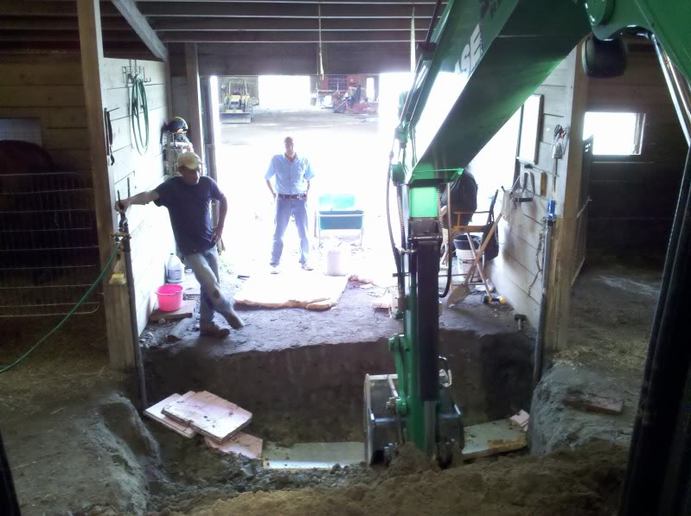Dave H (MI)
Well-known Member
I have a fella coming out to dig some footings around the barn for a retaining wall. While he is here, there is a hydrant on an adjacent property (bought it in July) that is about 100 feet from the barn. I would like it closer to the barn so I thought I would have the fella expose the bottom of the hydrant so that I can HOPEFULLY get it disconnected and then run a line up by the edge of the driveway and reinstall the hydrant. Just wondering what is likely to be down there for a water line? What is traditionally used on these? None of the last three owners seems to have the slightest idear either. I REALLY hope I am not about to step into something here.


